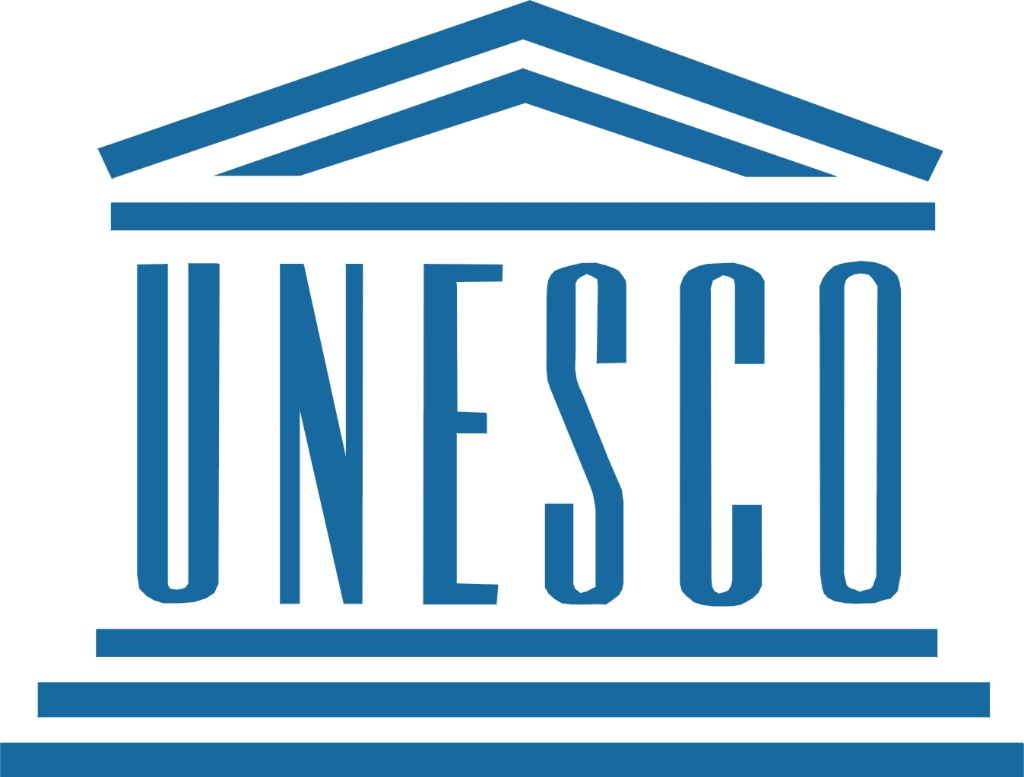“Empowerment of people through Media and
information Literacy is an important prerequisite for fostering equitable
access to information and knowledge and promoting free, independent and
pluralistic media and information systems” (UNESCO)

Through the use of technology, libraries in developing nations have the possibility of offering a learning opportunity for many that would have otherwise been unattainable.
In Africa for instance, 10M children drop
out of primary school (UNESCO). The answer may lie with mobile devices as they
are becoming increasing popular. This is
due in part to the fact these devices are relatively inexpensive compared to
other types of technology. One huge benefit
is that they provide an opportunity for access to information anywhere and
anytime. This could include online
courses, current literature and tutoring for instance.
Mobile devices could also provide access to digital libraries in communities with limited access to printed books. One area that would need addressing is broadband. Developing nations need access to broadband as it opens up more opportunities for teaching and learning such as video streaming, and easy downloading of audio-visual material.
More attention in both developed and developing countries needs to be focused on mobile users and their needs. Connecting them with good books, authors and other readers for example.
Mobile devices could also provide access to digital libraries in communities with limited access to printed books. One area that would need addressing is broadband. Developing nations need access to broadband as it opens up more opportunities for teaching and learning such as video streaming, and easy downloading of audio-visual material.
More attention in both developed and developing countries needs to be focused on mobile users and their needs. Connecting them with good books, authors and other readers for example.
Some of the library projects in Africa I found were:
•
Worldreader: project that provides e-readers to schools in Africa
•
Read and Prosper: project that
also provides e-readers to students and is developing solar panel systems to
recharge the devices
•
Yoza Cellphone Stories- offers downloads of stories and novels. Interactive as students can leave
comments.
•
MXit- largest social network in Africa
•
OLPC (one laptop per child):
project that distributes low-cost computers to students in developing
countries
•
The Everywhere Library- telecommunications company MTN Group and
Metropolitan Republic Group offered access to books through mobile phones in
Uganda. They entered a code to get full
text of the book on the phone.
Mobile phones in the library provide an
opportunity to learn globally; however I believe their needs to be strict
guidelines. Teachers need to stress
their purpose in the library: learning. With a fixed schedule in mind, a good way
to start might be a lesson with QR codes (bridging the gap between the virtual and physical world) like a scavenger hunt for
instance. Click here for more info on QR
codes. Here is an example of a QR code for our district's library catalogue.
I teach elementary school but I can see
high students preferring to use their own cellphones as oppose to the library
computers due to familiarity with use. They might be more inclined to visit the
library as well if they can use a mobile device there.
Permitting mobile phones in the library also helps to create a relaxed
and low-key atmosphere.
References:
BBC Future. (2012). The future
of education in Africa is mobile. [online] Retrieved from:
http://www.bbc.com/future/story/20120823-what-africa-can-learn-from-phones
[Accessed: 27 Feb 2014].
Education.alberta.ca. (2014). Alberta
education - research and publications. [online] Retrieved from: http://education.alberta.ca/admin/technology/research.aspx
[Accessed: 27 Feb 2014].
Roopanarine, L. (2012). Mobile
phone boom in developing world could boost e-learning. [online] Retrieved
from: http://www.theguardian.com/global-development/2012/may/30/mobile-phone-developing-world-elearning
[Accessed: 27 Feb 2014].
Steele, C. (2012). How the mobile
phone is evolving in developing countries. PC.
YouTube.(2012). Room to read. [online]. Retrieved from https://www.youtube.com/watch?v=XRdK-OLTxfc
YouTube.(2012). Room to read. [online]. Retrieved from https://www.youtube.com/watch?v=XRdK-OLTxfc


